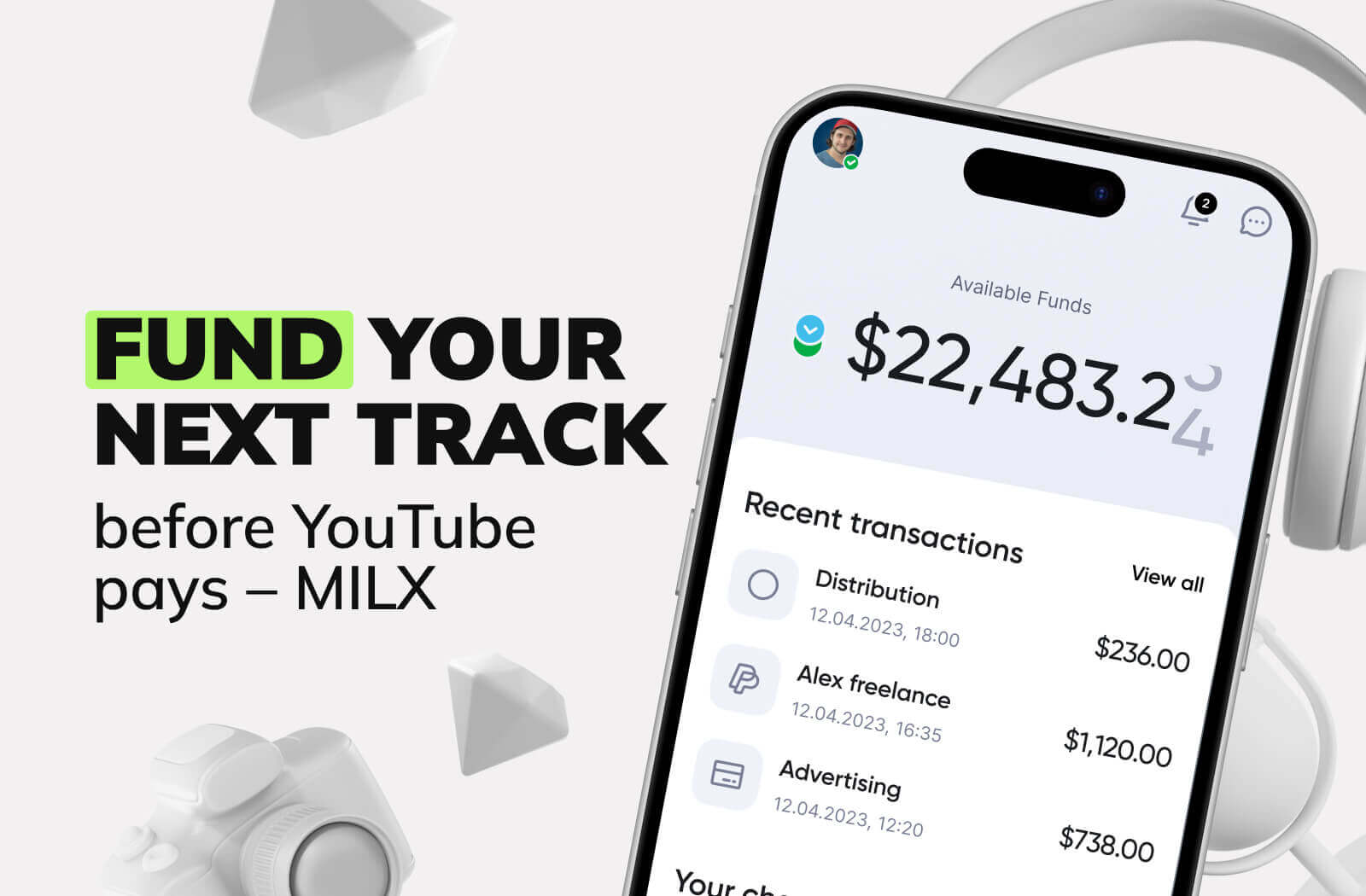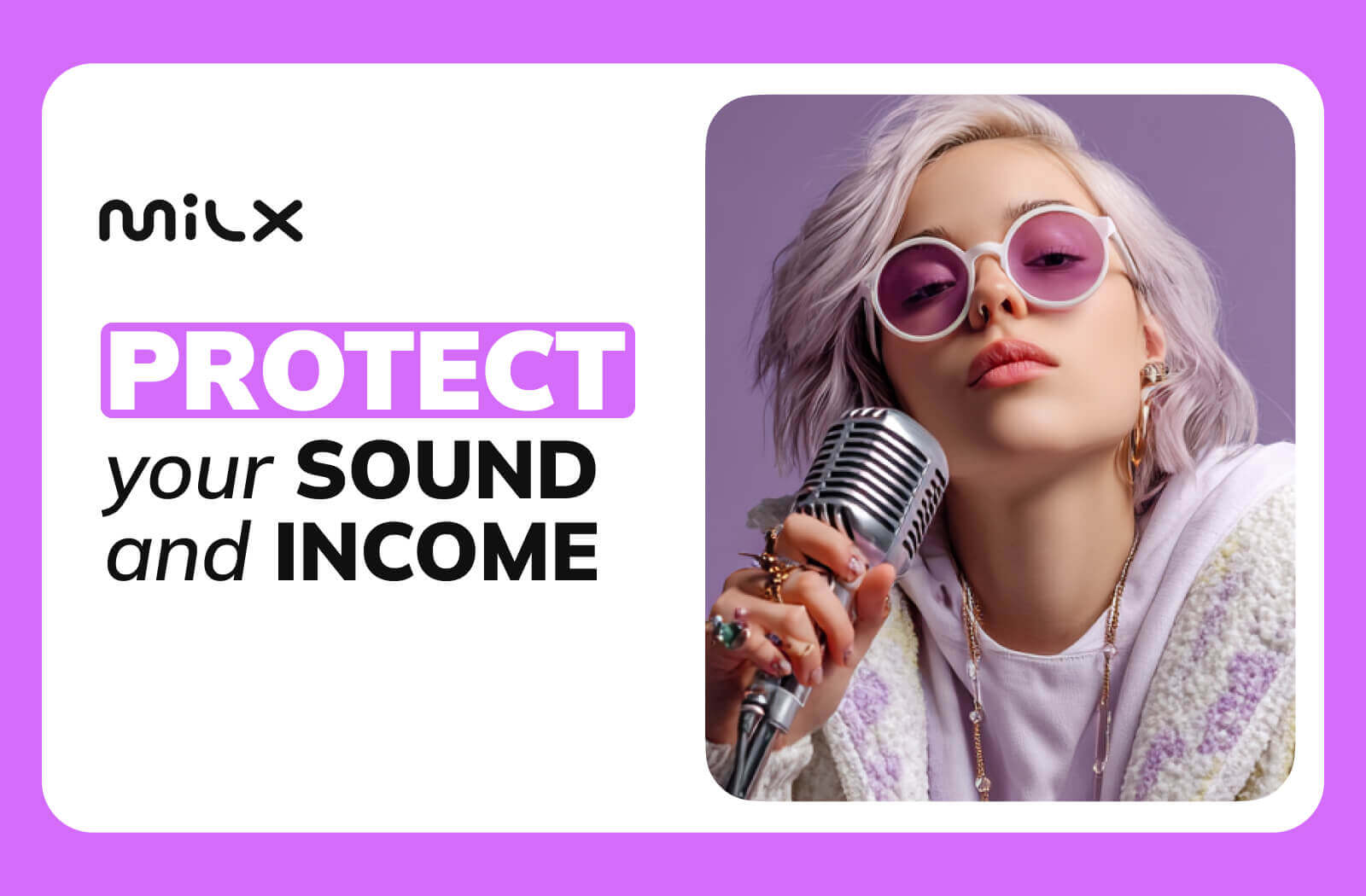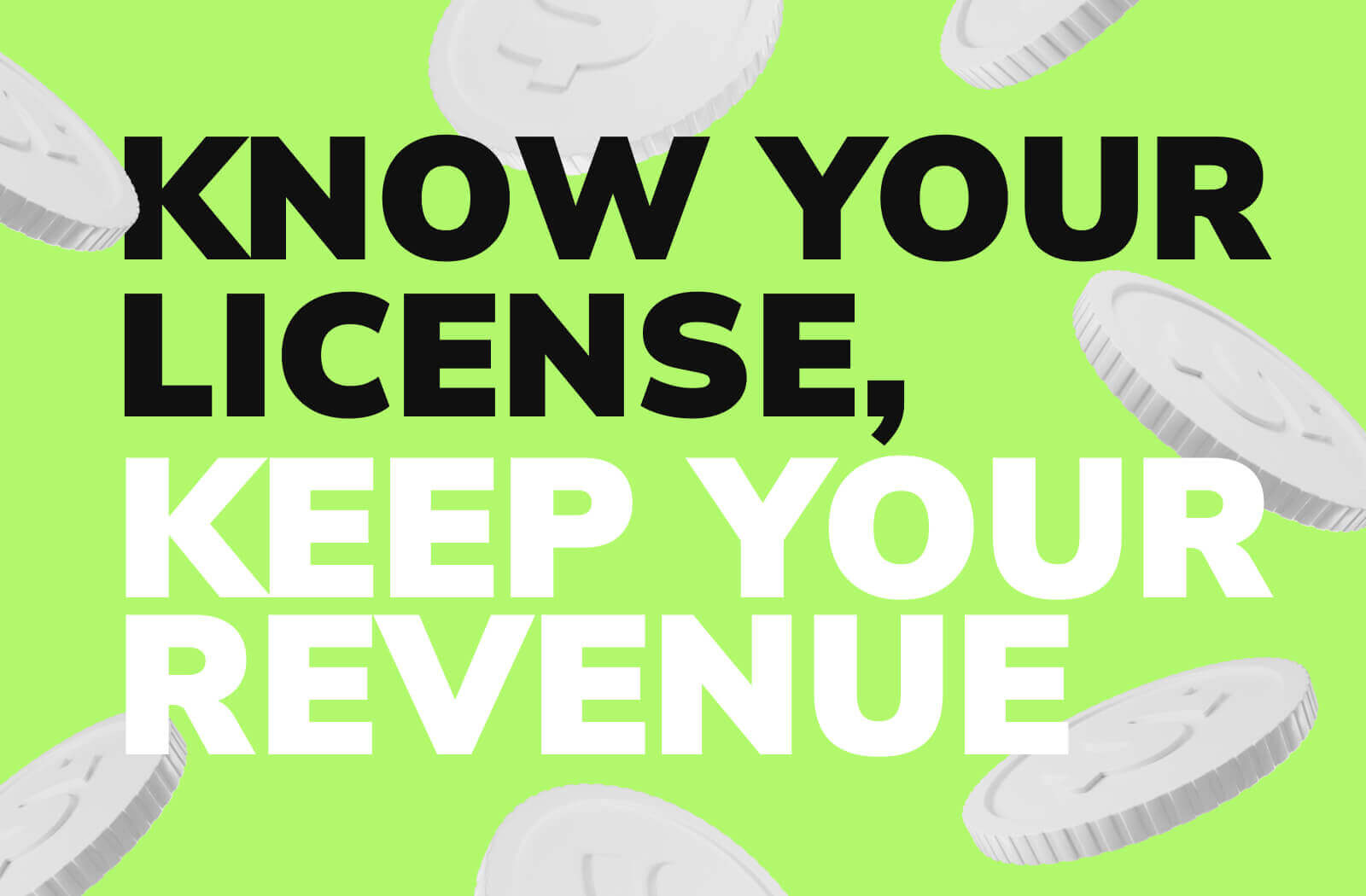Don’t want to get a copyright claim? Use royalty-free music for videos! Seems so simple… Only if there weren’t dozens of exceptions to the rules and several pitfalls.
We’ve seen creators crushed by copyright claims they didn’t see coming. Many times. Maybe it’s a music track they thought was safe. Maybe the license looked clear enough. But then the video goes live... and suddenly it’s muted, demonetized, or worse, the whole channel’s at risk.
The funniest thing? They paid for the music. They just didn’t read the fine print.
Because “royalty-free” doesn’t mean “problem-free.” And if you’re not crystal clear on how licensing works (especially across platforms like YouTube, TikTok, and Instagram), your next upload could cost you more than you think.
Let’s break it down.
What Is Royalty-Free Music, Though
“Royalty-free” means you don’t pay ongoing royalties every time the track plays. You either pay once or subscribe to a platform that covers you for ongoing use. But that’s just the start.
What it doesn’t guarantee:
- Ownership of the music
- Freedom to use it anywhere
- Immunity from copyright strikes
Some royalty-free licenses cover YouTube, but not TikTok. Others allow video use, but not livestreams. Some include public performance rights; others don’t. That’s how creators get burned. You think you’re covered... until the platform’s algorithm or a rights holder says otherwise.
What Happens If You Don’t Read the License
Let’s say you buy a royalty-free track from a legit library. You use it in your YouTube video. No problem. But then you cut that same footage into a TikTok Short and post it there. Suddenly: “Your audio has been removed due to copyright.”
Why? Because TikTok wasn’t covered by the original license.
This stuff isn’t rare. We’ve seen creators lose revenue on multi-platform campaigns. Even worse, we’ve seen channels get temporarily suspended due to repeated copyright claims from supposedly “safe” royalty-free libraries.

What to Look For When Reading a Music License
Most creators skip this step. And that’s how the copyright strikes sneak in.
Even if you trust the music library, you have to read the license terms like they’re a brand deal contract. Because in a way, they are.
Here’s what you need to check before you hit “download” or “buy”:
#1. Platforms Covered
Not every license is multi-platform. Some will say YouTube only. Others might exclude TikTok, Instagram, Twitch, or Facebook. Using a “YouTube-approved” track in a TikTok clip. That’s an instant DMCA takedown risk.
#2. Usage Type
Licenses often separate “personal use” from “commercial use.”
- Personal use = no monetization
- Commercial use = monetized videos, brand deals, ad placements. If you’re monetizing (and you are), you need a commercial license.
#3. Public Performance Rights
Even if the music is “royalty-free,” you might still need public performance rights to play it in livestreams, events, or background in vlogs filmed in public spaces. Without them, PROs (Performing Rights Organizations) can still chase you.
Payday on Your Terms
YouTube pays monthly. Copyright claims hit instantly. MilX puts your money in your hands when you need it – bank, card, crypto, or wallet. Try the free MilX app today.
#4. Duration of the License
Some licenses last forever. Others expire when you stop paying your subscription.
Example: If you cancel your subscription, you might lose the right to use the track in future uploads, even if the video stays online.
#5. Attribution Requirements
Free libraries like YouTube Audio Library often require you to credit the artist exactly as stated. Miss a comma, and you’re technically violating the terms.
#6. Resale & Redistribution
You can’t resell, remix, or re-upload the track on its own. Even cutting it into a downloadable pack for your followers can be a breach.
#7. Territory Restrictions
Some licenses are global. Others are restricted to specific regions. If your content is visible worldwide (and it is), you need a global license.
Tip: Keep a folder with PDFs or screenshots of every license you’ve purchased. That way, if a platform flags your video, you have proof ready to go.
Royalty-Free Music for YouTube: Native Tools
YouTube now offers two built-in tools for music. Each has its upsides and limits.
- Free to use
- 100% safe for monetized content
- Includes royalty-free background music, loops, ambient tracks, and SFX
- Some tracks require attribution, so read carefully.
- Available for YouTube Partner Program (YPP) members
- Lets you use real songs (the ones people actually recognize)
- Pay upfront and keep all your revenue
- Or opt into revenue-sharing (if the track allows)
- But again, every song has its own rules. You have to check.
Once you hit “publish,” there’s no undo button. A misstep here means demonetization at best, a takedown at worst.
Popular Royalty-Free Music Libraries Creators Use
If you’re going royalty-free, here are five go-to libraries we’ve seen creators use:
- Epidemic Sound – Direct license model (they own all rights), but requires an ongoing subscription. Great catalog, but not cheap.
- Artlist – Strong cinematic vibe, popular with vloggers and filmmakers. Annual fee. Usage rights vary per platform.
- Soundstripe – Monthly subscription, known for solid SFX and video game-style tracks.
- AudioJungle (Envato) – Pay-per-track system. Good for one-offs, but licenses can be restrictive.
- HookSounds – Curated feel, decent niche options, but check the license scope carefully.
All of them have pros. All of them have licensing traps if you’re not careful.
The Real Risk for YouTube Creators
Royalty-free music is supposed to make life easier. But we’ve seen creators lose out because:
- They thought “royalty-free” meant “license-free.”
- They used the same track across platforms with different rules.
- They didn’t realize public performance rights weren’t included.
- They relied on free tools without reading the small print.
If you’re trying to grow your channel, monetize smarter, and protect your income, you need more than music. You need clarity. And control.

Don’t Wait Till Payday to Get Cash
When all is cleared with music rights and the cash keeps growing in YouTube analytics, you can access it immediately. No waiting.
MilX helps creators unlock their YouTube revenue instantly – even up to 6 months in advance. So if you need to switch libraries, license a safer track, or avoid a music-related takedown by investing in your own sound design – you’ve got the funds to do it. No waiting for the AdSense drop.
MilX gives you the freedom to move your money how you want. Card, wallet, crypto, or cash. And with zero-fee peer payments, you can pay your editor, sound designer, or rights advisor without getting clipped by transfer fees.
Because what you earn should be yours. Just try the free MilX app.

